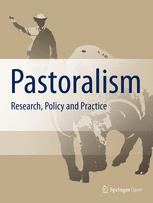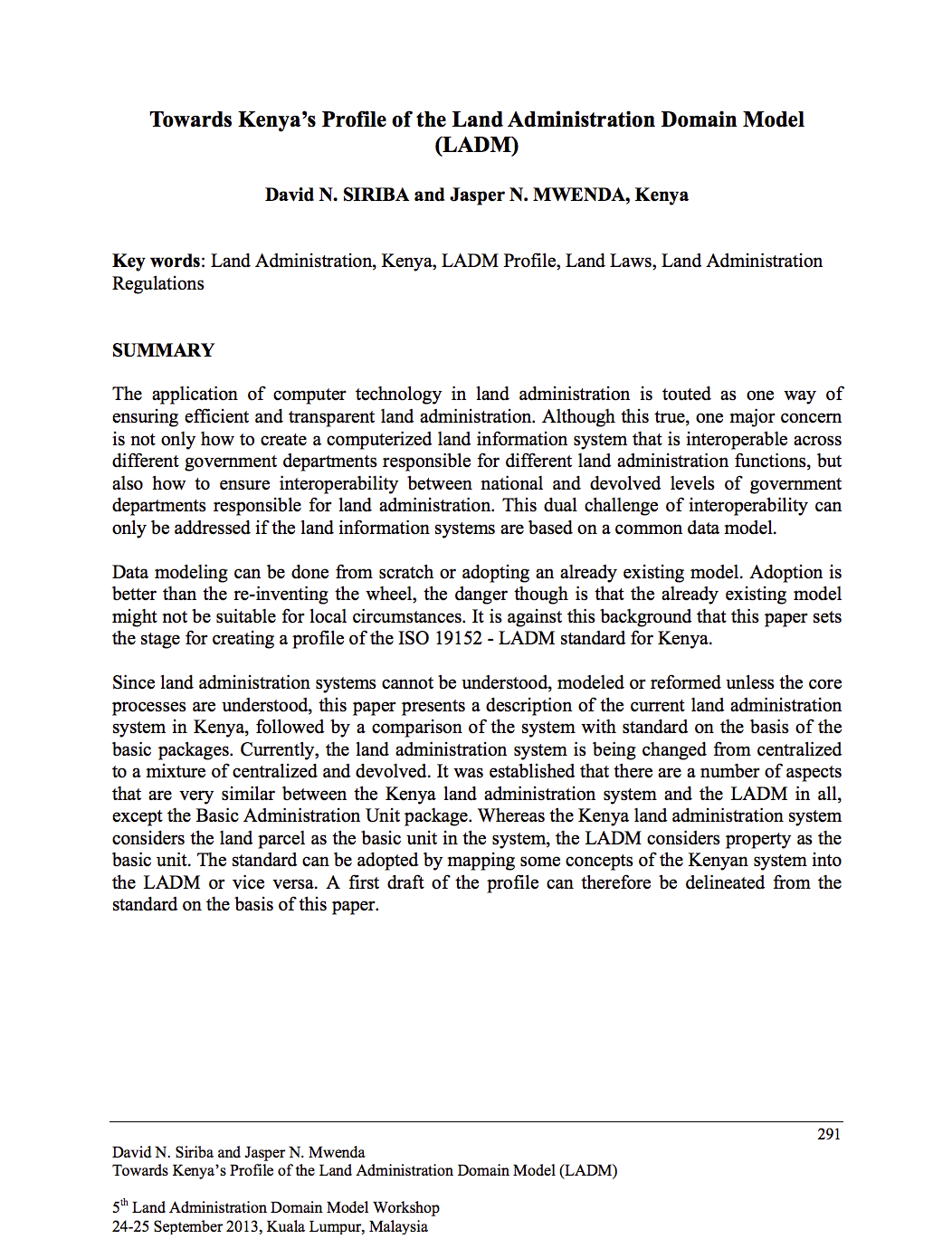Application of multi-temporal TerraSAR-X data to map winter wheat planted areas in Hokkaido, Japan
Winter wheat is an important crop for many countries, and monitoring of its planted area is considered important. Optical sensors have been used to monitor agricultural land, and have shown good classification and monitoring capabilities. However, observations using optical sensors sometimes suffer from interference due to cloud cover or rain.








